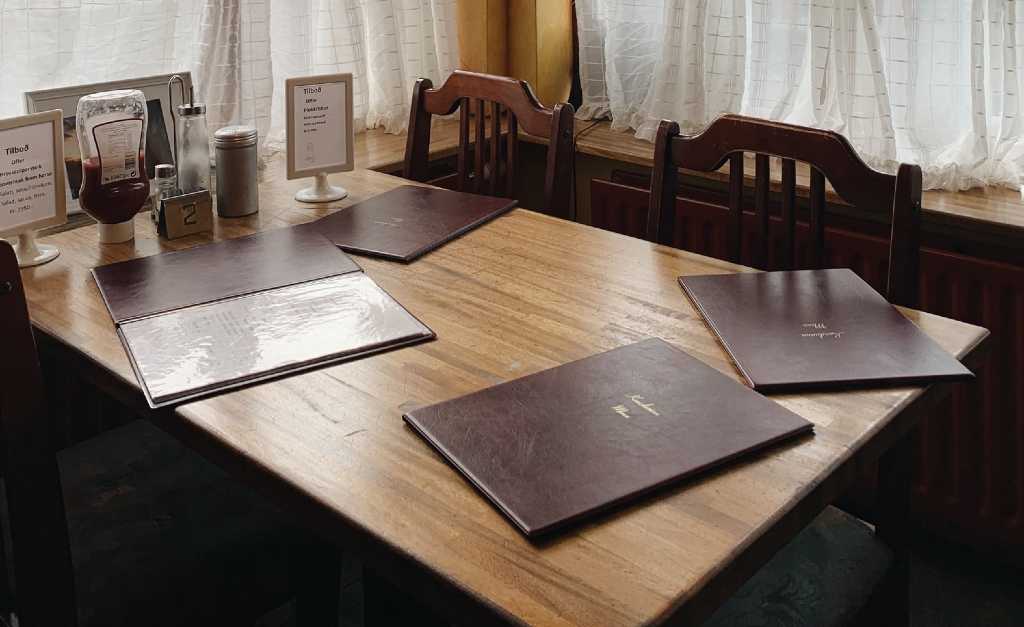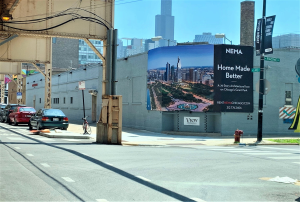AR Tabletop: A New Frontier in Hospitality Marketing
In the dynamic world of hospitality and tourism, standing out requires innovative marketing strategies. Augmented Reality (AR) tabletop technology represents one of the most exciting breakthroughs, creating immersive, engaging experiences directly on guests’ tables. For marketing professionals looking to elevate their strategies, incorporating AR tabletop ads into their campaigns offers a powerful way to engage, entertain, and inform consumers.
Why AR Tabletop is Essential for Modern Hospitality
The rise of AR tabletop technology offers hospitality marketers new ways to capture attention and foster memorable experiences. By turning ordinary tabletops into interactive platforms, AR tabletop ads blend physical and digital worlds, significantly enhancing customer interaction and satisfaction.
Interactive Dining with AR Tabletop Ads
One of the most compelling uses of AR tabletop is in restaurant settings. Instead of traditional printed tabletop ads, AR tabletop ads allow diners to explore menus, watch chefs prepare dishes virtually, or learn about the origins of ingredients. This interactive tabletop ad approach creates a memorable dining experience, enhancing perceived value and encouraging repeat visits.
Enhancing Hotel Stays with AR Tabletop
In hotels, AR tabletop technology offers innovative ways to guide and engage guests. An AR tabletop ad in hotel lobbies or rooms can showcase local attractions, hotel amenities, or promotional offers through interactive, engaging visuals. Unlike static tabletop ads, these dynamic AR experiences capture guest interest and foster deeper connections with the hotel brand.
Implementing AR Tabletop Technology Effectively
Integrating AR tabletop into your marketing mix requires strategic planning and execution. Here are key steps for successful integration:
Step 1: Identify Clear Objectives for AR Tabletop Ads
Define specific marketing objectives for your AR tabletop campaigns. Whether you aim to increase customer engagement, improve informational delivery, or drive promotions, clear goals will shape effective AR tabletop ad content and design.
Step 2: Design Engaging and User-Friendly Content
Content is crucial for effective AR tabletop ads. Develop visually appealing, intuitive, and interactive content that encourages user participation. Ensure that ads in tabletop environments are simple to use, avoiding overly complicated interactions that may frustrate guests.
Step 3: Ensure Seamless Technical Integration
Smooth functionality is essential for successful AR tabletop campaigns. Collaborate closely with tech developers to ensure your tabletop ads run smoothly on various devices, providing guests with frustration-free interactions. Reliable, glitch-free experiences significantly enhance consumer satisfaction and brand perception.
Step 4: Measure Engagement and Optimize Continuously
Like any marketing initiative, AR tabletop ad campaigns require constant evaluation. Utilize analytics to measure engagement, interaction times, and conversions. These insights will inform ongoing improvements to your AR tabletop strategy, maximizing ROI.
Real-World Examples of Successful AR Tabletop Campaigns
Example 1: Interactive Restaurant Experiences
A high-end restaurant employed AR tabletop ads that allowed diners to visualize meal presentations before ordering. This interactive experience not only increased diner satisfaction but also boosted average order values, demonstrating tangible ROI for AR tabletop ad investments.
Example 2: Hotel Information and Promotions
A boutique hotel introduced AR tabletop ads in guest rooms, enabling visitors to explore local events and exclusive hotel promotions. This unique ad in tabletop strategy enhanced guest experiences, encouraged prolonged stays, and increased revenue from hotel services and amenities.
Example 3: Tourism Information Booths
Local tourism agencies employed AR tabletop setups in visitor information centers. These interactive tabletops offered virtual tours, historical context, and guided maps, significantly enriching the tourist experience and promoting local attractions more effectively than traditional tabletop ads.
Overcoming Challenges in AR Tabletop Advertising
While AR tabletop offers numerous benefits, marketers must navigate some challenges:
Technical Complexity
High-quality AR tabletop ads require robust technical support. Partner with experienced developers to ensure your technology works seamlessly.
Cost Management
Initial investment in AR tabletop technology can be significant. However, clear ROI measurements and strategic implementation can justify these costs and yield long-term benefits.
User Education
Guests may need initial guidance to engage fully with AR tabletop experiences. Providing brief instructions or intuitive design elements helps users quickly adapt and enjoy their interactive tabletop ads.
The Future of Hospitality Marketing: AR Tabletop
As consumer expectations evolve, traditional static tabletop ads may soon feel outdated. AR tabletop technology represents the future of interactive, engaging marketing in hospitality and tourism. By embracing this innovative approach, brands can significantly enhance customer experiences, differentiate themselves in crowded markets, and achieve impressive returns on their advertising investments.
In conclusion, AR tabletop is not just a novelty—it’s a strategic investment in your brand’s future, providing memorable guest interactions and exceptional marketing results.






